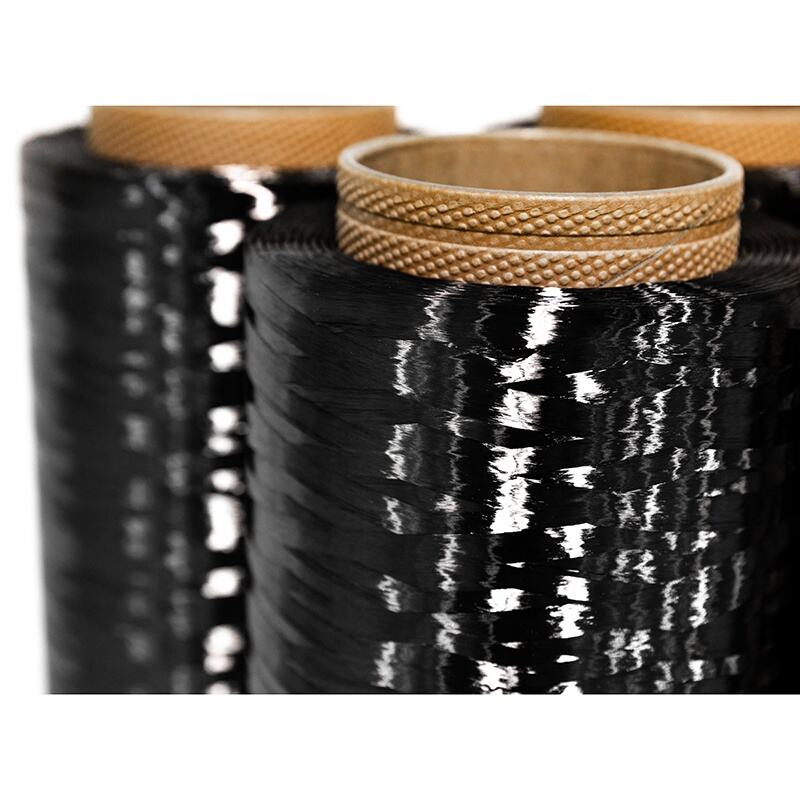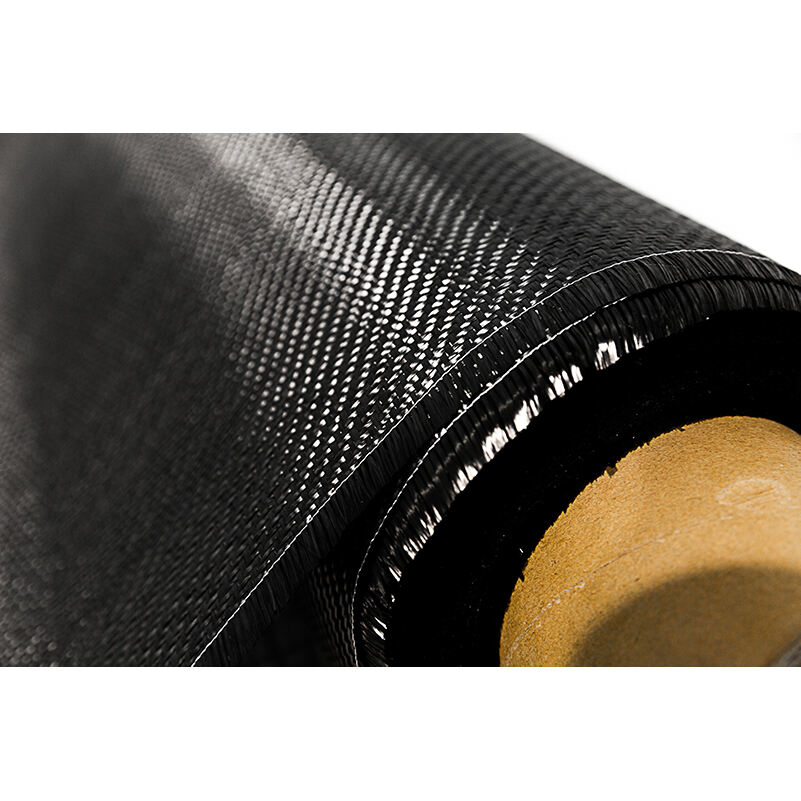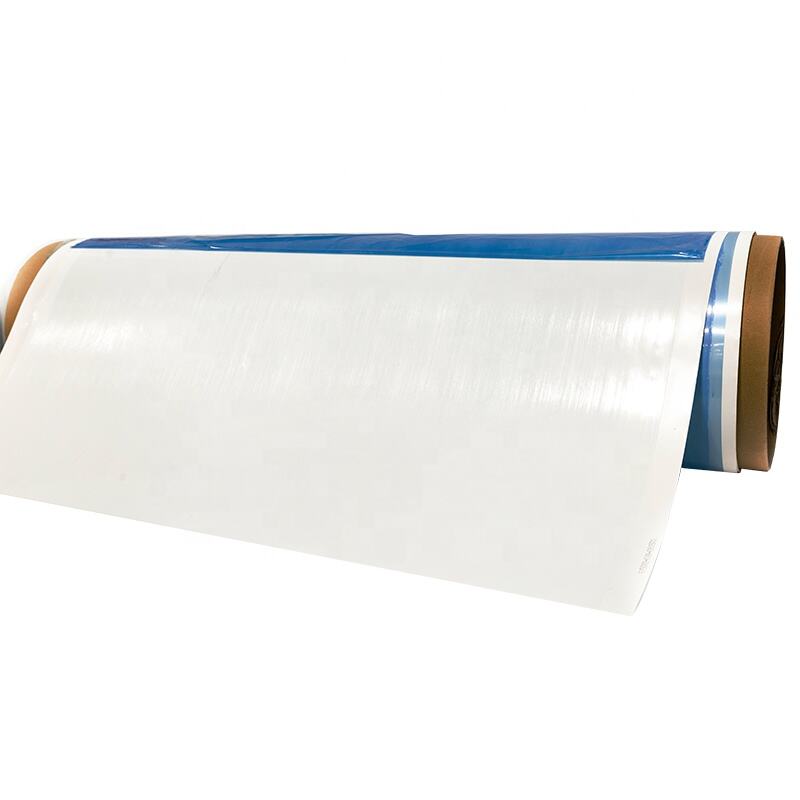automatic filament placement
Automatic filament placement represents a cutting-edge manufacturing technology that revolutionizes composite material production. This advanced process utilizes robotic systems to precisely lay down continuous fiber reinforcements along predetermined paths, creating complex composite structures with unprecedented accuracy. The technology employs sophisticated computer control systems that coordinate multiple axes of motion, enabling the precise placement of composite materials in various orientations. The system typically consists of a robotic arm equipped with a specialized head that feeds, cuts, and places the fiber tows onto a tool surface. This automated process significantly reduces human error and ensures consistent quality throughout the manufacturing process. The technology is capable of handling multiple types of materials, including carbon fiber, glass fiber, and aramid fiber, making it versatile for various applications. In aerospace manufacturing, automatic filament placement is particularly valuable for creating large-scale components such as fuselage sections and wing panels. The process allows for optimization of fiber orientation to achieve specific mechanical properties, resulting in stronger and lighter components. Additionally, the technology incorporates real-time monitoring systems that verify placement accuracy and material integrity during the manufacturing process, ensuring high-quality output and reducing waste.


